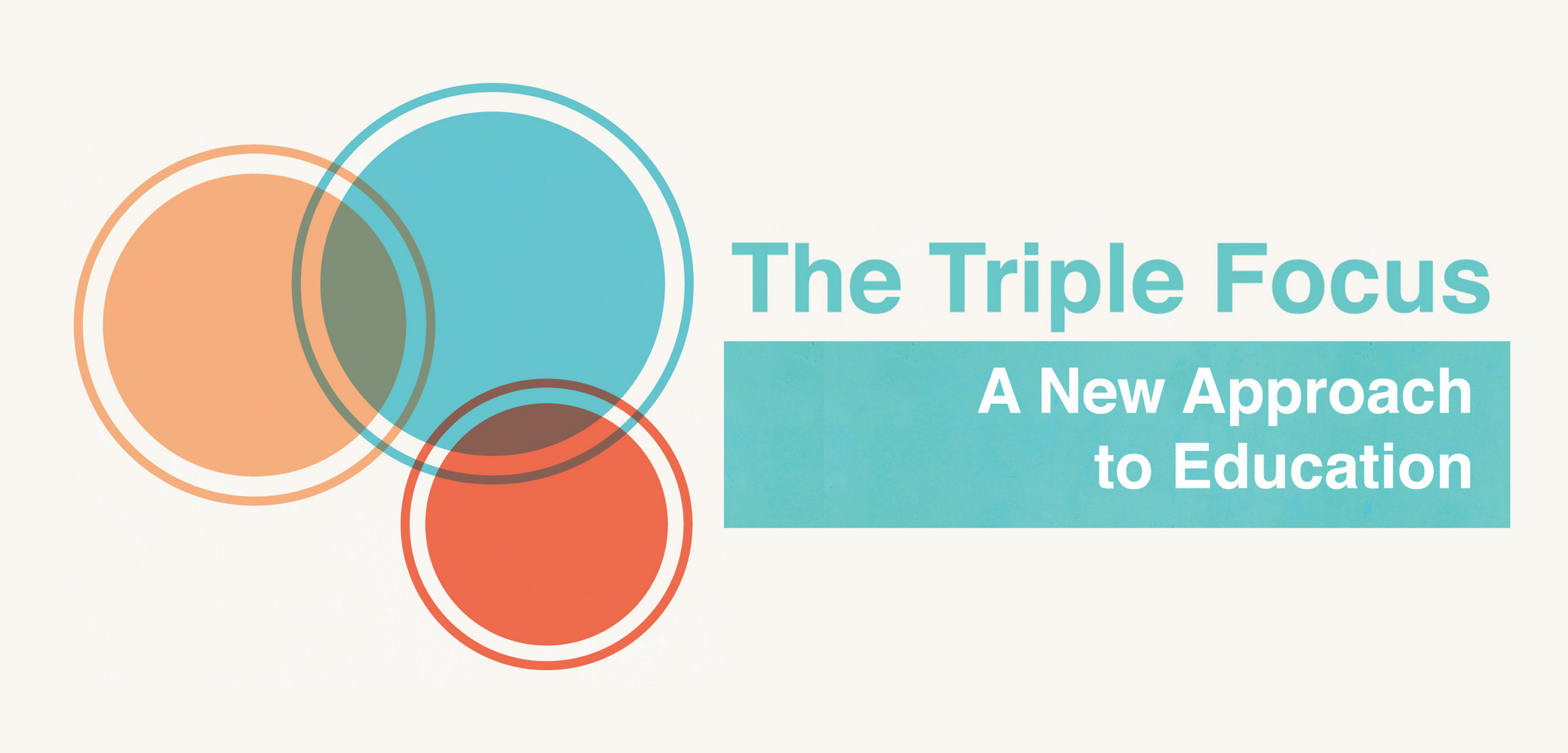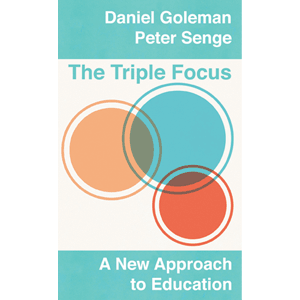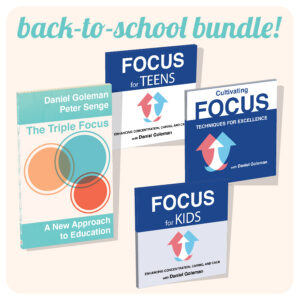Most of our internal narrative is fictitious, repetitive and negative. The internal narrative of children can be all of that – heightened. They don’t have the skills of experience to recognize the thought/emotion connection. How can educators help students become more aware – and in control – of their internal world?
Physical movement, including basic yoga postures, is a fun, practical way to help students strengthen not only their physical muscles, but their mental muscles. The goal is to cultivate a multitude of traits:
- Awareness
- Embodied attending
- Emotional intelligence
- Self-regulation
- Recognition
Here’s how it works. Take a break for physical activity, perhaps when you notice they’re getting restless. Try something very simple such as tortoise pose, to camel, to triangle, to warrior, to mountain, and back down again. Or walking slowly around the room.
Ask the children occasionally throughout and after the sequence: what do you feel in your body? Then you can ask them to name an emotion they might be feeling: tired, happy, angry, bored, etc. This will help them to start recognizing emotions such as impulses of anger when they arise. When children learn to handle their anger (or any emotion) as an impersonal entity, they’ll be less inclined to deal with it violently either to themselves or others.
“So we’re on the upward facing dog. Now what? Nothing!” said Jon Kabat-Zinn at his keynote speech at the 2013 Bridging Hearts and Minds of Youth conference. “This is a curriculum already: being. Just be here! We’re learning how to inhabit being – in school. All of a sudden it wakes something up.”
The basic practices of mindfulness and yoga are a great way to show students how to free themselves from paying too much attention to the movie in their minds – and focus on the task at hand.
Jon’s full speech is available for purchase in an exclusive streaming video here, and the entirety of the 2013 BHMY conference is available here.
Additional resources
Bridging the Hearts and Minds of Youth Conference DVD Set
The Triple Focus: A New Approach to Education










